The maestro of Manhattan: Kenneth Laub, a symphony of real estate & music

In the heart of New York City, where every street hums with energy and history, Kenneth Laub has been quietly composing a legacy that rivals the most storied love letters to the metropolis. His catalogue of over 150 songs celebrates the mundane and the magnificent, capturing the city’s soul in a way that transcends time and genre. From Carnegie Hall to the cosy cabarets of Las Vegas, Laub’s music has been performed with the kind of passion that only a New Yorker can convey. Yet his story, like his compositions, is layered, surprising, and deeply rooted in the city that he has called home for over six decades.
Laub’s life is a testament to the power of duality. On one hand, he is a pioneer in commercial real estate, a man whose transactions have shaped the city’s skyline and whose vision redefined the role of tenant brokers. On the other, he is an artist, weaving melodies and lyrics that speak to the unique rhythm of New York City. “I look upon the City as a mistress—giving and taking away,” Laub says. “It’s a tough place to survive in, but it’s worth the price if you can find your own place.
That place, for Laub, has been the Symphony Townhouse at 163 East 64th Street. An 8,000-square-foot Neo-Georgian masterpiece, the townhouse is more than a home—it is a muse, a stage, and a sanctuary. Built in 1872 and meticulously reimagined under Laub’s direction, the property stands as a testament to his artistic sensibility. From the Belle Époque bar with its Lalique crystal ceiling to the grand dining room illuminated by an 18th-century tapestry, every corner of the townhouse is infused with creativity and history. Its facade, restored by artisans from the Cathedral Church of St. John the Divine, lights up each evening, drawing admirers who often stop to capture its beauty.
Inside, the second floor tells the story of Laub’s artistic journey. Designed to flow like a symphony, the space includes an English pine library, a music room adorned with custom faux Fragonards, and a sound system capable of hosting live performances. “I wanted the entire floor to feel like a symphony,” Laub explains. “Each room is distinctive, yet together they create a harmonious flow.” Here, Laub has entertained friends and luminaries, from Bob Hope and Liza Minnelli to political and business leaders, all drawn to the townhouse’s unique blend of elegance and warmth.
Music has always been at the heart of Laub’s life, even as his career in real estate soared. Born in Brooklyn and later serving in the Army, Laub returned to New York in his twenties to pursue a career in commercial real estate. His success was immediate and profound, with transactions that included representing more than half of Wall Street’s major firms and managing landmark deals like the relocation of International Paper to Memphis. Yet even in the midst of 18-hour workdays, music remained a constant. “I was always conflicted between making a living in real estate and writing music,” he admits. “I still have that conflict.”
It wasn’t until later in life that Laub allowed his passion for music to take centre stage. In 2008, his work debuted at Carnegie Hall in a program titled “A Love Letter to New York”. Performed by an 83-piece orchestra and headlined by Clint Holmes, the evening was a triumphant celebration of the city. “Sitting in the middle of that glorious sound was just amazing,” Laub recalls. “When I walked offstage, the manager said, ‘Ken, you can come back here anytime.’”
The songs performed that night were quintessentially Laub—eclectic, deeply personal, and rooted in the city’s essence. Tracks like “New York Old Friend”, “Xmas Eve in Central Park”, and “The Lady’s Lookin’ Good” capture the city’s charm and resilience. The latter, inspired by the Statue of Liberty post-9/11, is a poignant tribute to New Yorkers’ indomitable spirit. Other compositions, such as “Welcome to the SRO Hotel” and “Mama”, delve into the city’s grittier side, offering sympathetic portraits of its most vulnerable residents.
For Laub, the act of composing is deeply intertwined with his experiences in New York. “I have put my life to music and written about my life experiences in the form of music,” he says. “I have tried to write about what others did not, especially as it relates to New York City.” This intimate connection to his subject matter has earned Laub comparisons to the likes of Leonard Bernstein and Stephen Sondheim, artists whose works similarly capture the essence of the city.
The Symphony Townhouse has played an integral role in this creative process. From its carefully curated interiors to its state-of-the-art recording capabilities, the property has been both a workshop and a showcase for Laub’s artistry. Its rooftop garden, with its illuminated fountain and sound system, has hosted countless gatherings, each a testament to Laub’s passion for entertaining and creating.
Looking back, Laub sees his life as a symphony, each movement distinct yet part of a greater whole. Whether negotiating a major real estate deal or composing a song about Grand Central Station, he has approached every endeavour with the same meticulous attention to detail. “All musicians are very mathematical,” he notes. “So it is to be successful in real estate and music.”
As the Symphony Townhouse prepares for its next chapter, Laub reflects on his legacy. “If you haven’t left behind children, you surely must leave behind art,” he says. “That would be a great achievement.” With his music and his home, Kenneth Laub has done just that, offering a love letter not only to New York but to all who cherish its enduring spirit. For the next owner of the Symphony Townhouse, it will be more than a home—it will be a piece of the city’s cultural and artistic soul.
In a candid conversation, Laub opened up about his life, his inspirations, and the stories behind his extraordinary dual career. The following Q&A provides a window into the mind of this remarkable New Yorker, offering insights into his creative process, his memories, and his enduring love for the city.
You’ve composed over 100 songs, many of them iconic. Which ones stand out to you as your most personal or memorable works, and why?
“I never met the composer who didn’t think that the best song he or she had written was anything other than the last song. That’s just the way it is. My body of music is truly eclectic, but when you break it down, I have primarily written about three subjects: relationships, New York City, and observations of life.
Favourite songs? Sure, I have a bunch, and it really depends on where they’re being performed and how. For New York songs: New York Old Friend, Starting Over, Xmas Eve in Central Park, Halfway Home, Stop and Smell the Roses, Fugue for a Rainy Day, Makin’ It Here, and Excuse Me, Are You a Dance?. Not all my music was complimentary of the city. Welcome to the SRO Hotel was hardly a compliment, and Mama was a true story about a bag lady who died on a bench in Grand Central Station on Christmas Day of 1985. It was a sympathetic tribute to the homeless.”
Your music has been performed in venues as prestigious as Carnegie Hall and Las Vegas. What was it like seeing your compositions brought to life on such grand stages?
“As I previously stated, the Carnegie Hall experience was coming right out of the gate. Being surrounded by 83 musicians and sitting in the middle of that glorious sound was just amazing. It might not ever be reproduced unless they perform my music with the New York Philharmonic—and that’s possible. The Las Vegas experience, although very nice, was more akin to a large cabaret, and the audience was quite diverse.
The musicians in Las Vegas are outstanding, and having Fifth Avenue as part of the act added something unexpected and special. Clint Holmes has been a headliner in Vegas for 20 years. He is one of the best male vocalists on the planet and can sing just about anything. Please, go on YouTube and see what he has done.”
As a prominent real estate broker, you’ve overseen some of the most significant transactions in New York. Are there any deals or moments in your career that you reflect on with particular pride?
“The list of my executed real estate transactions is huge. You seem to be requesting I pinpoint certain transactions that reflect particular pride. Real estate is a cutthroat business, and commercial real estate in the service side was especially a coming-of-age time for me. Why? Because the concept of the ‘tenant broker’ did not exist before I came along.
In the early 1960s, when a tenant wanted to lease space, he just called the landlord’s agent and was shown the space. The landlord essentially paid his broker to screw the tenant. No broker existed then to represent the tenant’s interests. I figured out that when you broke down the components of rent, they included commissions landlords paid to brokers—indirectly funded by the tenant. I decided to fill that void, and it led to my success in representing major companies in their office real estate needs.
One notable example was representing International Paper. We did about six million square feet of deals for them, including their corporate relocation from New York City to Memphis. John Georges, the chairman, and Jim Melican, general counsel, were incredible to work with. A deal that got away was Rupert Murdoch’s News Corp. I negotiated a 1.2 million square foot lease at 1585 Broadway. After three years of effort and fully negotiated documents, Murdoch changed his mind. That decision cost him over $450 million. It’s a loss that sticks with me because I take great pride in my work.”
The Symphony Townhouse carries your name and reflects your passion for music. How did this home influence your creative process, and did it serve as inspiration for any of your compositions?
“This house is deeply personal. When I moved here, I realised I wanted more than just a home—I wanted a creative sanctuary. The second floor became my symphony. It’s a place where the rooms flow seamlessly, each with its distinct character but all interconnected, like the movements of a musical composition.
The sound system I installed is a dream for any musician. You can record at my piano without needing a studio. The atmosphere of this townhouse, from its grand dining room to the rooftop garden, is inherently inspiring. Living here, I’ve written many of my songs about New York and life’s experiences. It’s a house that feeds creativity.”
Having balanced careers in real estate and music, how did you manage to excel in two such demanding fields simultaneously?
“Simple: just work 18 hours a day, weekends included, and understand that every day is an investment of your time. My approach to work—whether as a musician or in real estate—has one common denominator: numbers.
All musicians are very mathematical, and so is real estate. It’s about precision, understanding structure, and finding harmony. An article in The Institutional Investor once referred to me as ‘The ultimate numbers man.’ That sums up how I’ve bridged the two worlds and how it has kept me sane.”
The Symphony Townhouse has hosted notable figures from Bob Hope to Liza Minnelli. Do you have any standout memories or anecdotes from those gatherings?
“There are countless memories from the Symphony Townhouse. One of the most memorable was the party after my performance at Carnegie Hall in 2008. The guest list spanned all my worlds – entertainment, real estate, and politics.
Another special moment was Liza Minnelli’s engagement to Peter Allen, which I hosted here. Having her sing was unforgettable. Bob Hope, Alan Thicke, Clint Holmes, and Mayor David Dinkins were frequent guests. Over the years, I’ve probably hosted more than 100 events and dinner parties here. The house was designed to entertain, and its flow makes every gathering feel seamless.”
Your compositions span cabaret, Broadway, and more. How did New York City’s vibrant arts scene shape your musical career?
“My career in real estate gave me access to a lot of talented people in the arts. I represented Walter Reade and helped create the Minskoff Theatre. I was a consultant to Gerry Schoenfeld at the Shubert Organization. I invested in Broadway shows like The Wiz and Barnum.
That immersion in the arts, combined with my love for composing, made the transition to music feel natural. My music is inspired by my experiences in New York—whether it’s the people I’ve worked with, the city’s energy, or its stories.”
Real estate and music may seem worlds apart, yet both involve creativity and vision. Do you see any connections between these two parts of your life?
“Absolutely. Both music and real estate are built on structure, precision, and creativity. As a child, I was drawn to classical music, and later I taught myself to compose. At Cornell, I’d escape to Willard Straight Hall to play piano daily.
Music was always a part of me, but real estate became my career. The connection is in the numbers—both fields require you to think in patterns and rhythms. It’s no surprise that I’ve spent my life weaving between the two.”
The Symphony Townhouse’s design features, like the Belle Époque bar and music room, reflect a deep appreciation for art and history. Were these elements intentional in reflecting your artistic identity?
“Yes, absolutely. The Belle Époque bar, the Fragonard-inspired walls, and the Lalique crystal ceiling were all designed to enhance the artistic flow of the house. Every room has its character, yet they complement each other.
The dining room, with its 1750s Provencal tapestry, feels like a gallery, while the music room invites you to create. Even the facade, restored by French artisans, is an extension of the home’s artistic essence. This house is my masterpiece.”
Looking back on your career and contributions to both music and real estate, how do you hope to be remembered in New York City’s cultural and professional landscapes?
“I doubt younger generations know much about me, but when they do, the reaction is often, ‘Teach us.’ That’s gratifying.
As for music, I’d like it to reach a broader audience. If you haven’t left behind children, you must leave behind art. My music reflects my life in New York—a mistress that gives and takes. This townhouse, much like my music, is a love letter to the city. I hope both endure long after I’m gone.”
Emily Jones
Images: Courtesy of Kenneth Laub

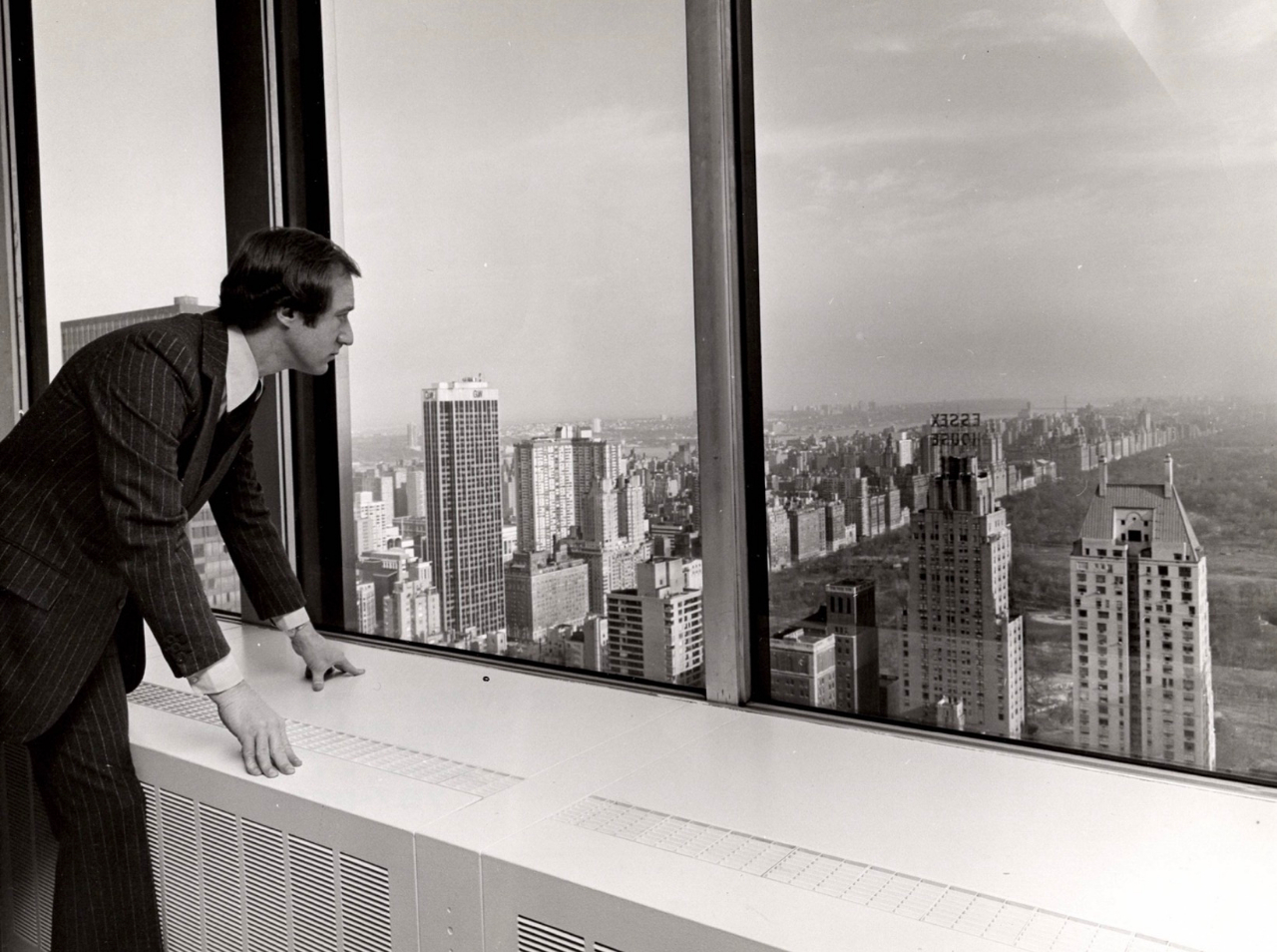
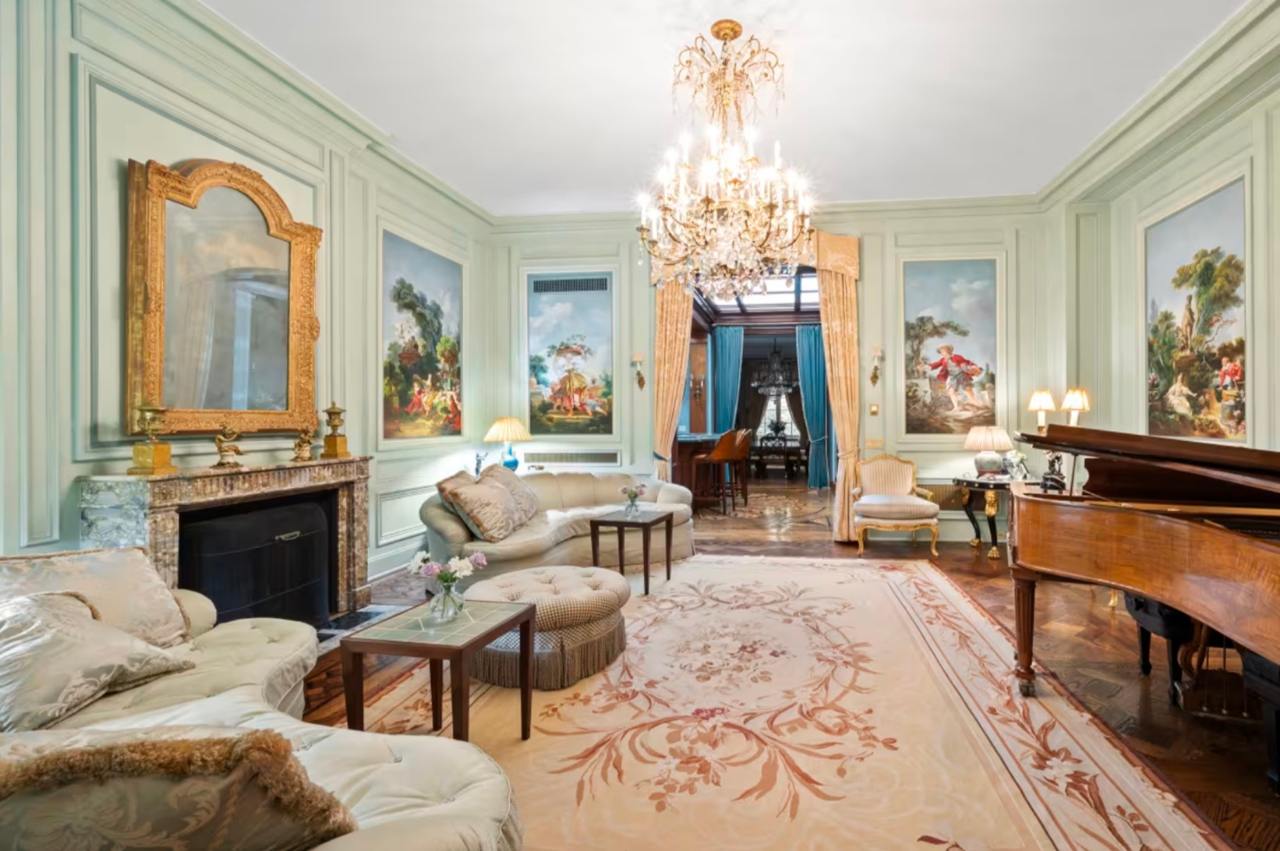
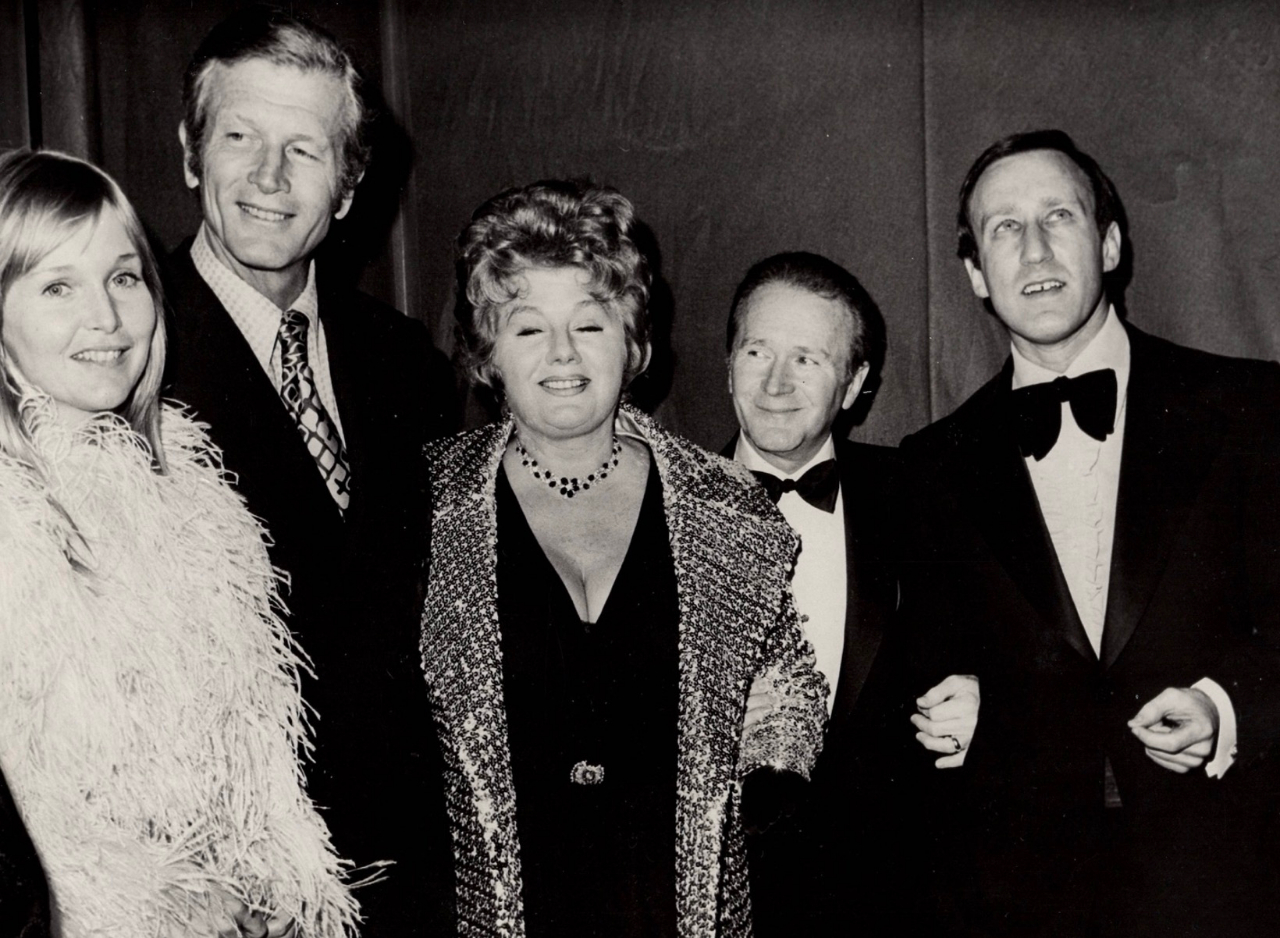
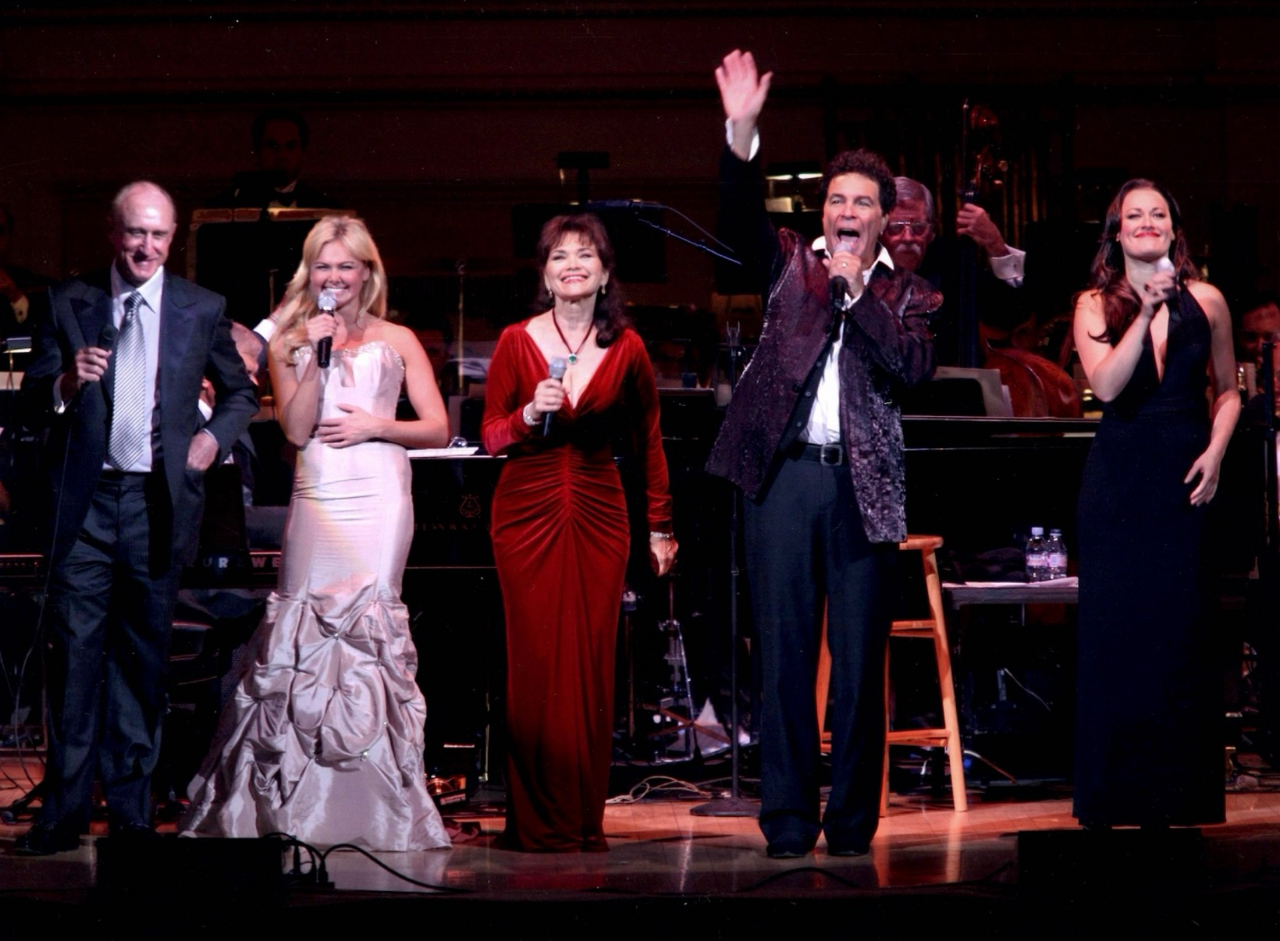
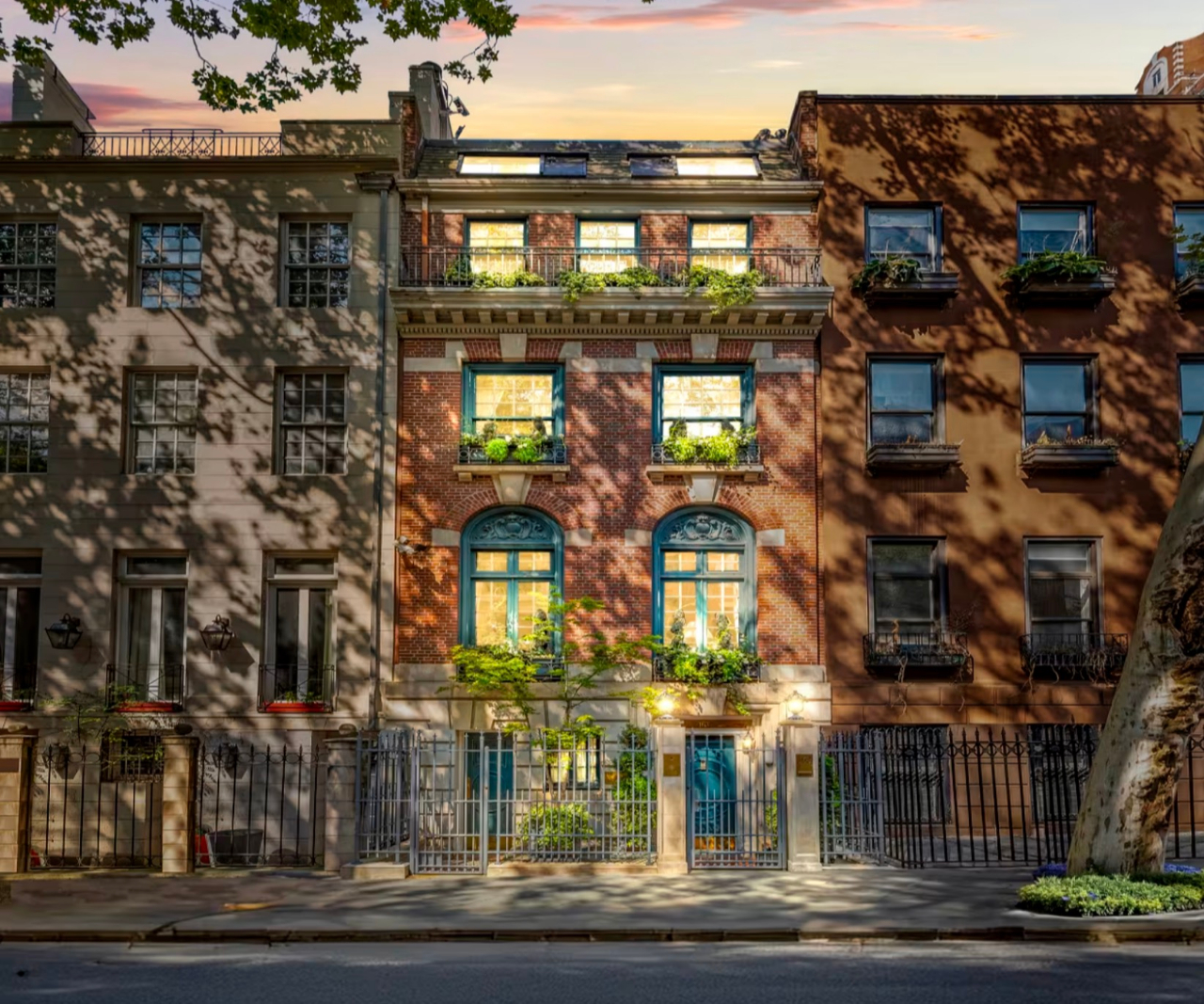
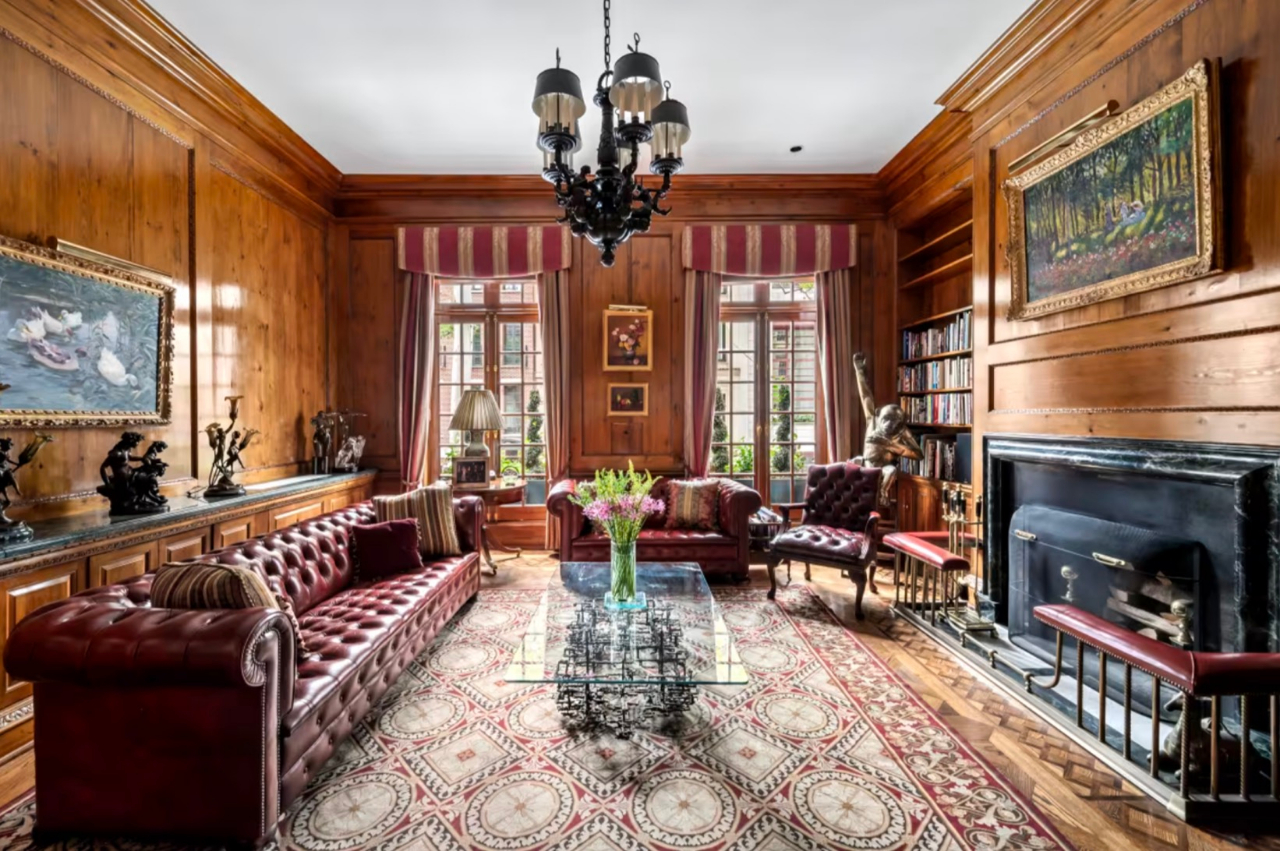
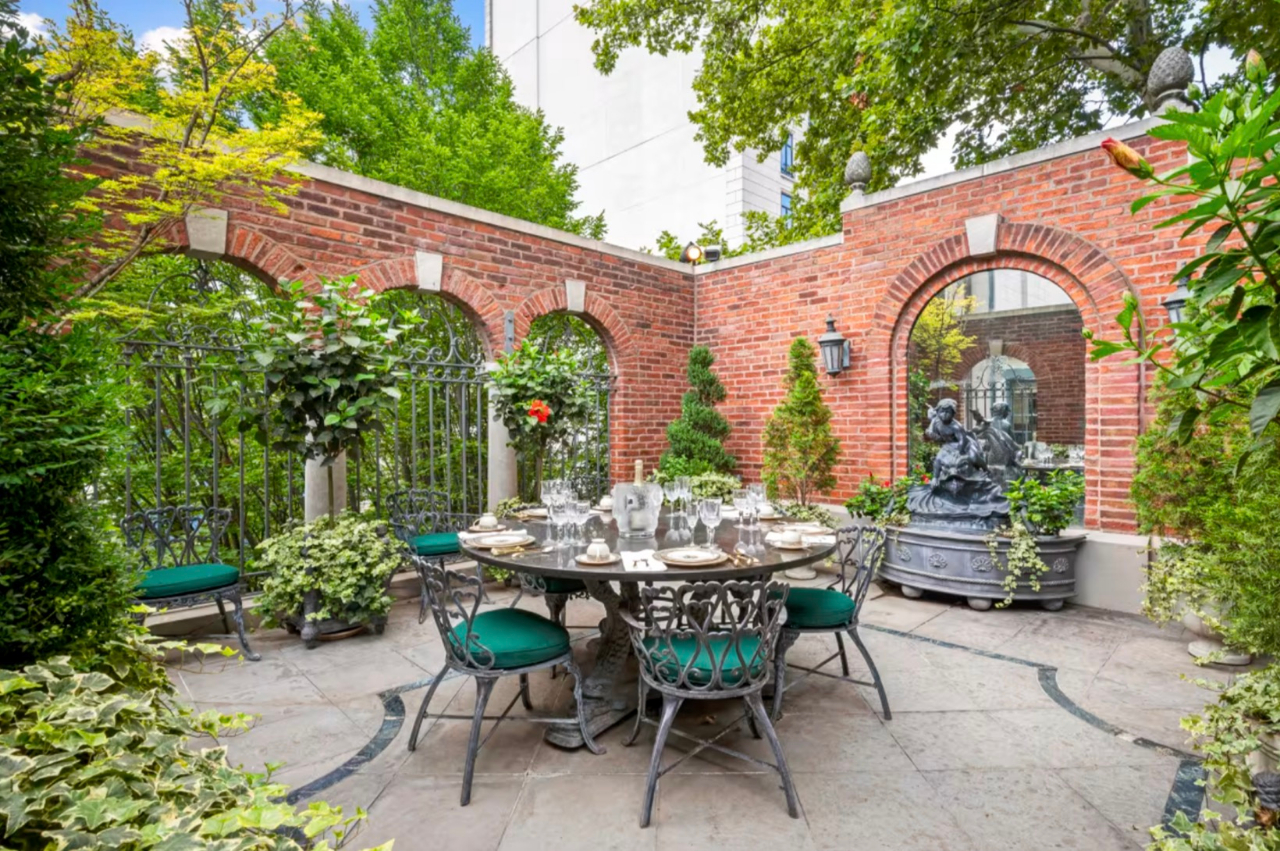















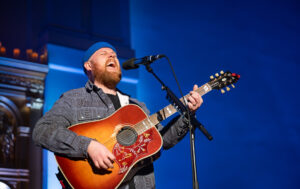

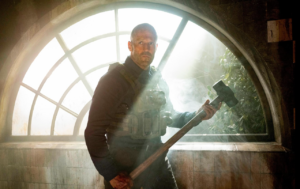
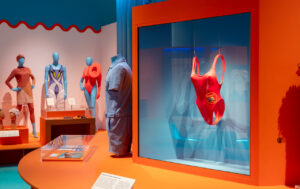
Facebook
Twitter
Instagram
YouTube
RSS